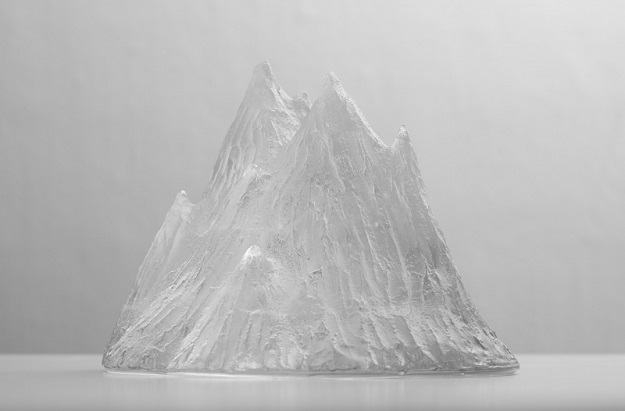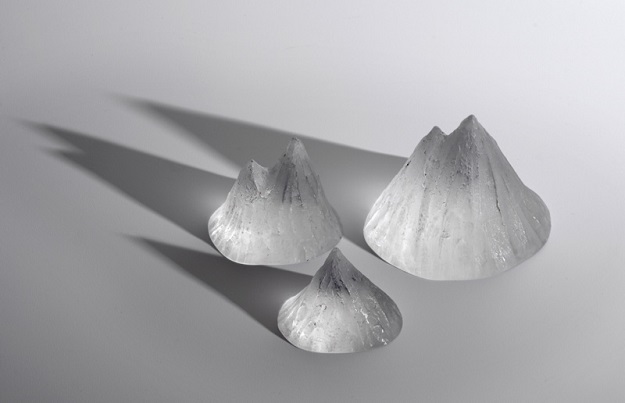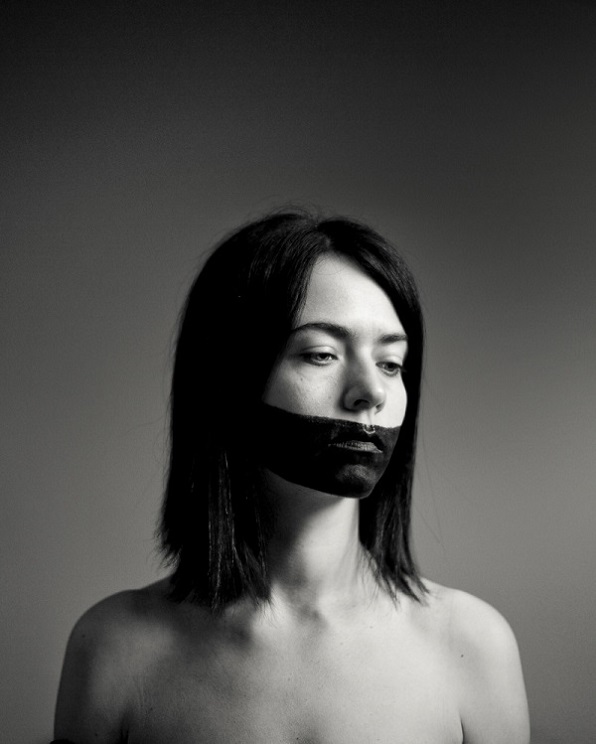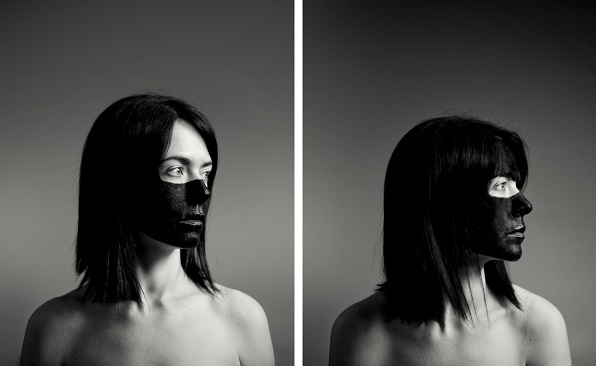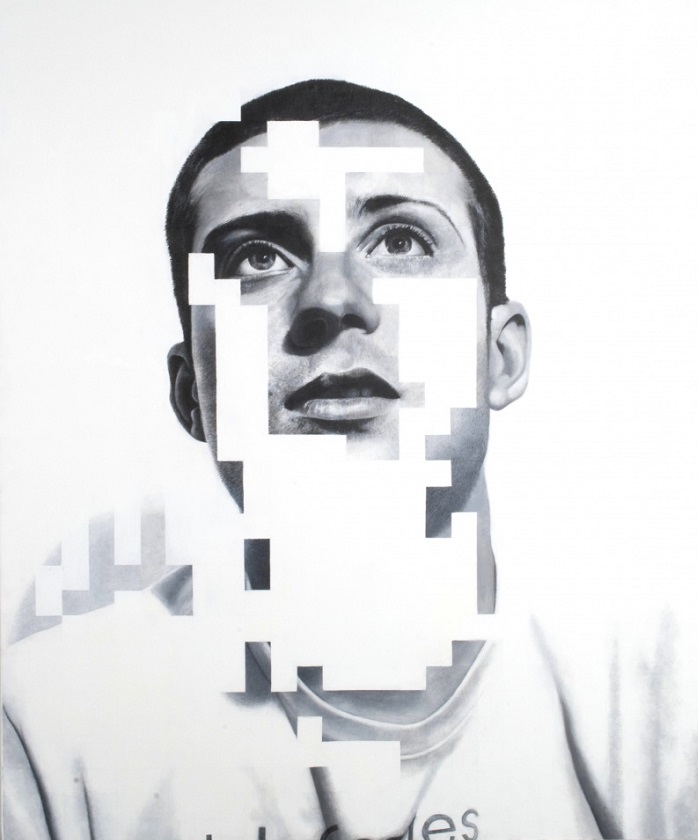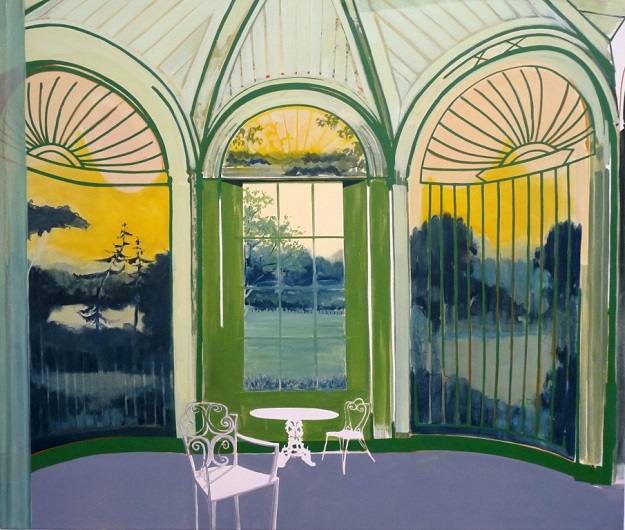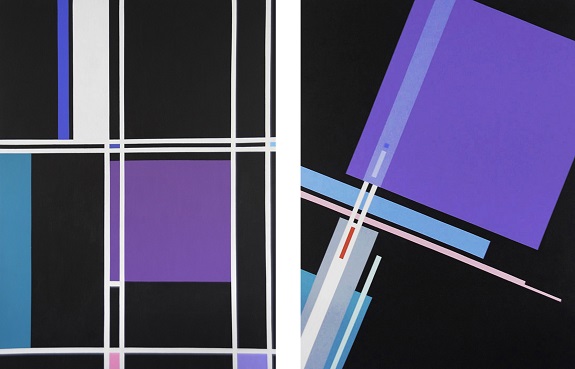‘Remembering the Mountains’, as the name implies, is about remembering a landscape. Remembering, longing for something which may no longer exist. Much of my work takes personal experiences as a starting point, and so do these pieces. My parents are Swedish, but i grew up in Pakistan. I went to boarding school in Murree, at the foothills of the Himalayas, surrounded by mountains. In the summers, we often went walking in Northern Pakistan, getting much closer to them – the Himalayan, Karakorum, and Hindu Kush ranges. I left Pakistan when i was 19, and since then i don’t see many mountains. But when i think of my childhood, they are always there. Much has changed since then, of course. The mountains i have in my memory have changed – glaciers melting, new roads, less forest, more houses. Other things have also changed – greater political and societal unrest, drones and terrorism, water shortages and floods, to name a few.
First, i made the mountains in clay, and then made a mould from them. Then we put the moulds in a kiln, and the RCA glass technician Anthony Harris filled them up with molten glass. Since they are big and solid, we had to wait for one and a half weeks until we could take them out of the kiln, and crack open the moulds. I usually work in ceramics, but i made these in cast glass; clay was too solid and physical. Glass seemed more transient, translucent, intangible – like memories.
See more work by Ester Svensson
